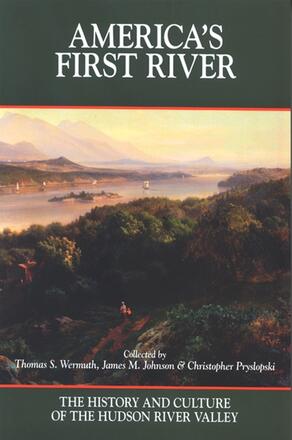Preface: Tara Sullivan
Introduction: Four Hundred Years of the Hudson River Valley
Thomas S. Wermuth & James M. Johnson
Natives & Newcomers
Dutch and Indians in the Hudson Valley: the early Period
Charles T. Gehring & William A. Starna
the Algonquians in Context: the end of the spirituality of the natural World
Vernon Benjamin
Pro-Leislerian Farmers in early new York: A “Mad Rabble” or “Gentlemen standing Up for their Rights?”
Firth Haring Fabend
From entrepreneurs to ornaments: the Livingston Women, 1679–1790
Cynthia Kierner
The American Revolution
the American Revolution in the Hudson River Valley: An overview
James M. Johnson and Thomas S. Wermuth
A suspected Loyalist in the Rural Hudson Valley: the Revolutionary War experience of Roeloff Josiah eltinge
Kenneth Shefsiek
Robert R. Livingston, Jr: the Reluctant Revolutionary
Claire Brandt
“the women in this place have risen in a mob”: Women Rioters and the American Revolution in the Hudson River Valley
Thomas S. Wermuth
Social and Economic Change: 1790–1850
The Struggle to Build a Free African-American Community in Dutchess County, 1790–1820
Michael Groth
From Merchant to Manufacturer: The Economics of Localism in Newburgh, New York, 1845–1900
Mark Carnes
The Hudson River Railroad and the Development of Irvington, New York, 1849–1860
Rohit T. Aggarwala
Irish Immigrant Workers in Antebellum New York: The Experience of Domestic Servants at Van Buren’s Lindenwald
Patricia West
Business Women in the “Land of Opportunity”: First-and Second-Generation Immigrant Proprietresses in Albany, New York, 1880
Susan Ingalls Lewis
Painters, Poets, and Writers
The “Prophetic Eye of Taste”: Samuel F. B. Morse at Locust Grove
Robert M. Toole
The Commerce of Art in the Nineteenth-Century Hudson Valley
Richard C. Wiles
The Moral Geography of Cooper’s Miles Wallingford Novels
Donald Ringe
20th Century Leaders
Franklin D. Roosevelt, Father Divine, and the “Krum Elbow” Flurry
Thomas W. Casey
John Burroughs and the Hudson Valley
Alfred Marks
Contributors
